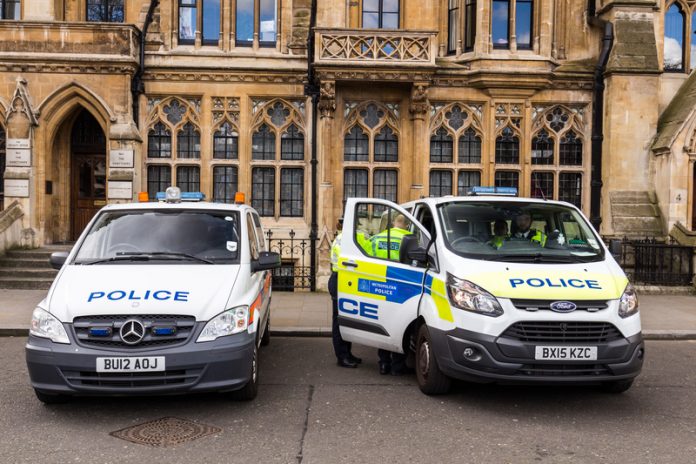Andy Davies, Consultant, Police & Intelligence Services, SAS UK, discusses how the police force can gain an edge in fighting crime & preventing antisocial behaviour through the use of technology
As someone who worked in the police force for many years, I know just how important each small piece of evidence can be in securing a conviction. So, in times of tightening budgets, imagine how impactful it could be to have technology that helps predict when or where crimes will take place and automatically captures some of the evidence for you.
Analytics is not a new term in policing. Crime and intelligence analysts have been developing models for crime pattern analysis for many years and models such as “optimal forager” have been used to predict areas of higher risk for specific types of crime. Some police forces have also adopted “predictive policing” techniques over the past few years.
However, the world of policing is continually changing as budgets are cut and the nature of crime and civil unrest changes. To enable forces to respond to the ever-changing demand placed on them they need to take a holistic approach to the role of analytics and how it can assist them. This means moving away from the single purpose “black box” predictive policing solutions or similar, and expand the use of analytics across their organisations for use cases such as:
- Demand profiling – predicting when/where and with what frequency crime and incidents will occur.
- Resource management – understanding what resources are available and if they are suitable to meet demand.
- Facial recognition – to identify known persons from captured images from CCTV, social media etc
- Body worn video analysis – automated-at-the-scene analysis of video material to support officers involved in violent offences and gang control
- Gang analysis – using network analysis to understand crime syndicates
- Social media analysis – using social media to track stolen goods and develop a better understanding of criminals
- Text and sentiment analytics – to automate intelligence gathering from free text intelligence records or automatically extract key information from telephone calls when used alongside voice-to-text functionality
- Criminal pathway analysis – to understand which people are at risk of entering organised crime
- Automated briefing tools – to provide up-to-date information from a wide range of police data to officers quickly and efficiently.
None of these techniques or processes are new or revolutionary ideas, but it’s my view that police forces need to change their approach to using these types of analytical functionalities. Forces need to use in-house data scientists who can use emerging technologies and adapt them to the policing environment. By using in-house skills forces can tap into the huge amount of experience and knowledge that already exists and use analytics to augment this. They need to empower data scientists by providing the right analytical tools, a suitable environment and a wide range of data assets to support their requirements.
Forces who adopt data scientists will be able to develop, maintain and produce a wide range of analytical models that can be used across policing to inform decision-making, ensure they are ready and prepared for what’s around the corner and focus their efforts with maximum impact and return on investment. This approach will enable police forces to move away from the often expensive third-party analytical solutions usually designed for a single purpose and embrace analytics across policing.
The introduction of the force management statements is already changing the way police need to think about analytics. By asking forces to take a five-year forward view on demand, these statements are already making them focus on forecasting and prediction. Data science will play a key role in the way that police respond to the questions being asked by the force management statement.
Analytics is not the panacea for policing and we will never be used to stop a specific crime before it happens like Tom Cruise in the Minority Report. Officers and staff will remain the most important tool in policing and the wealth and experience they have built up can never be replaced. But analytics can help them do their jobs better, so we need to find new and innovative ways to make analytics and resulting insights accessible to them.
Upskilling resources or recruiting data scientists may not be easy for police forces and they will need to work in partnership with software vendors and partners to develop these in-house capabilities. But where there’s a will there’s a way!
Find out more about how analytics can help tackle crime.











